
The idea is to test on a small leftover piece of fur the process of making a fur plaid / blanket.
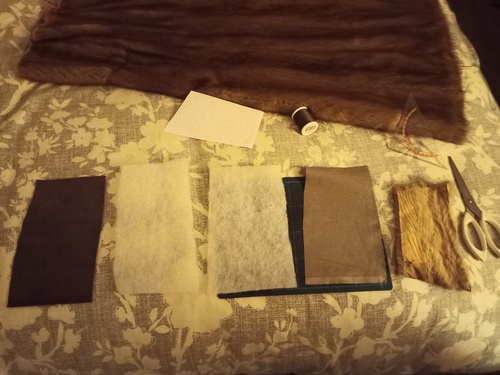
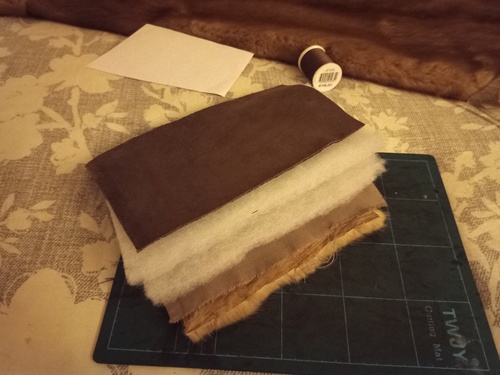
First, stitch together the velvet + 2 x white pad/fleece + fabric. Do not care about the borders.
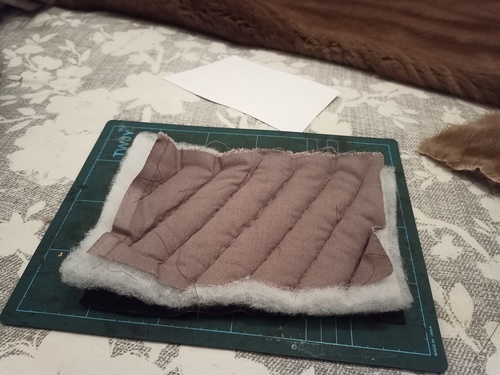

This first lines were done by hand … But it is not efficient at all. For the second direction, I borrowed a sewing machine.

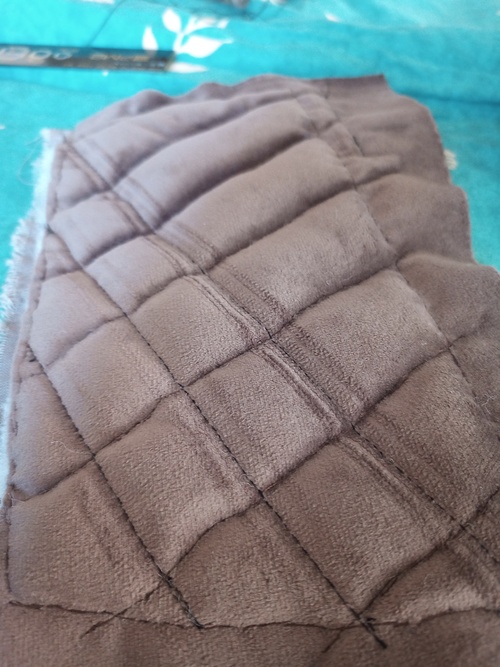

To stich the fur to the padded fabric + velvet, you need to use a solid border band, so it add flexibility.

You need to sew with band edge matching the fur edge.
Band on top. Fur with hair bellow, and Fur leather side.
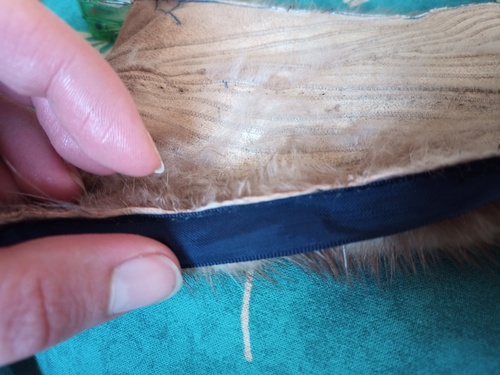
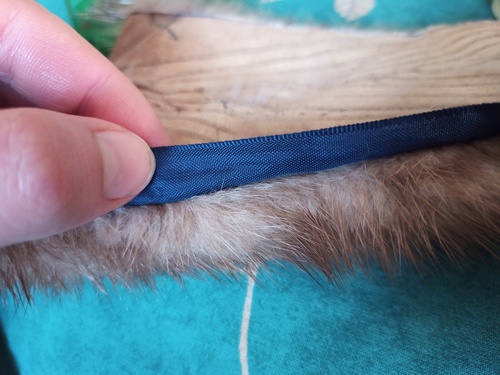
Do it for all edges.
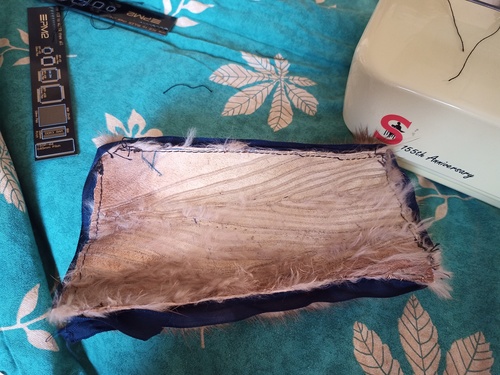
Then, you sew the fabric on the other border of the band, but on the same side.
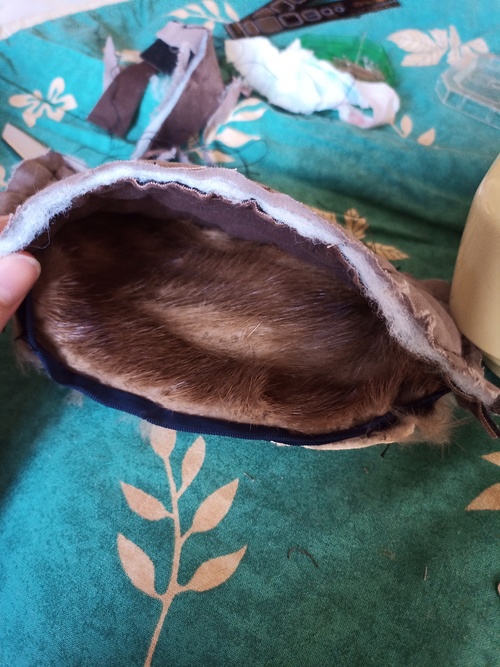
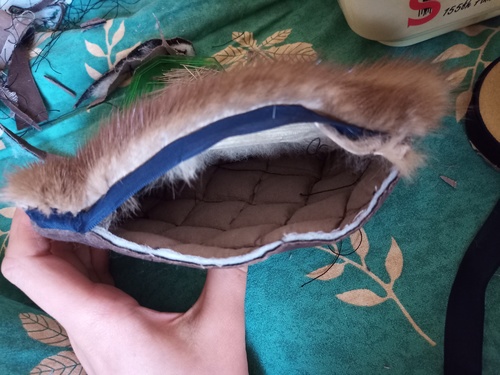
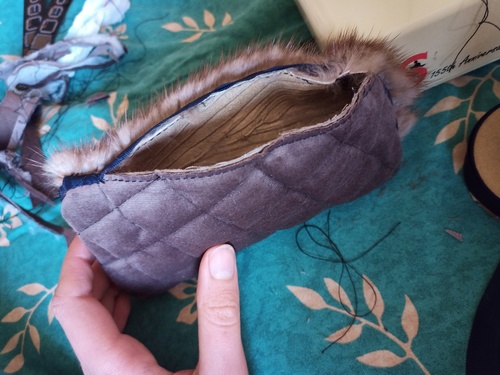
You need to finish the stitching by hand with an invisible point. Here, I failed to make it correctly, the stitch is visible.
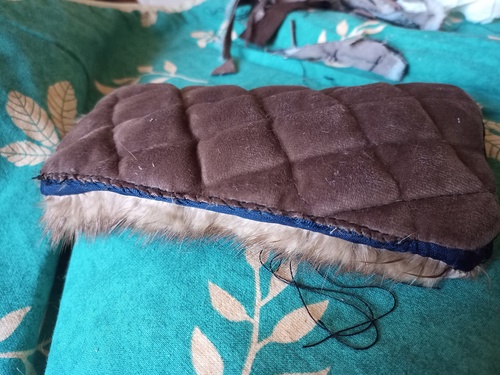
For the plaid, I need to stitch the fur side to the doubling on the middle to avoid distortion. Otherwise, by moving the plaid, I could break the fur. Here, for such a small piece, it is unecessary. However, the fur was not streched enough when I added the band, so the pelt shrinked compare to the doubling.
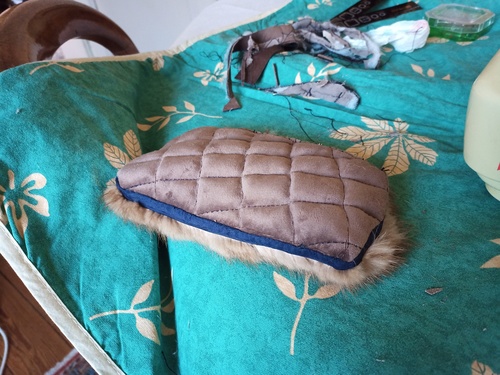
So, I needed to add the point to fir the fur to the doubling and avoid this round shape. For that, I stitched above the diagonal lines, so the thread is not visible. For the point, a normal point with point well spaced is sufficient. When passing the needle from the fur to the fabric side, use your fingers to avoid the hairs to be taken by the thread.
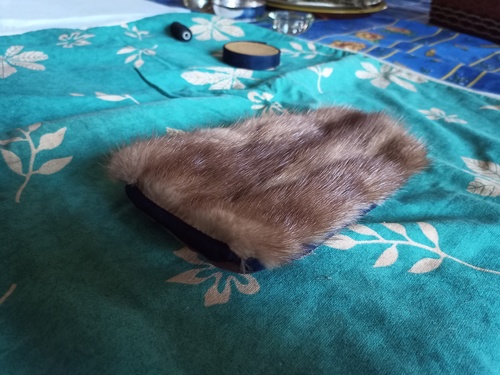
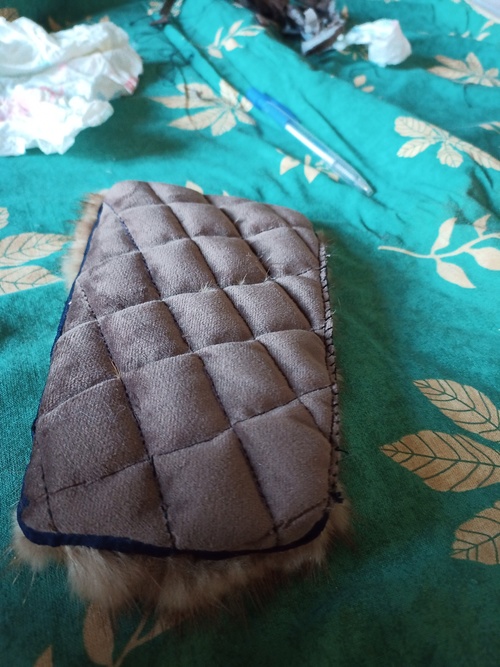
>> You can subscribe to my mailing list here for a monthly update. <<